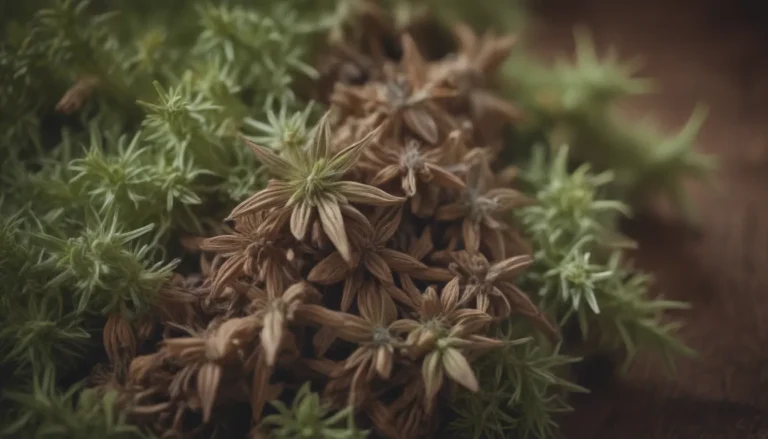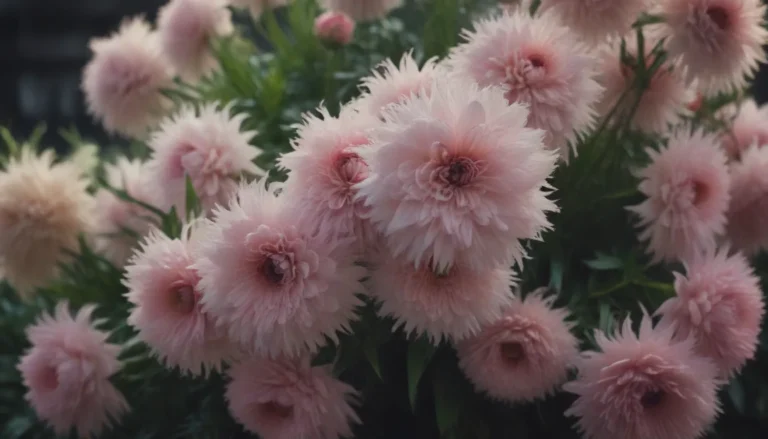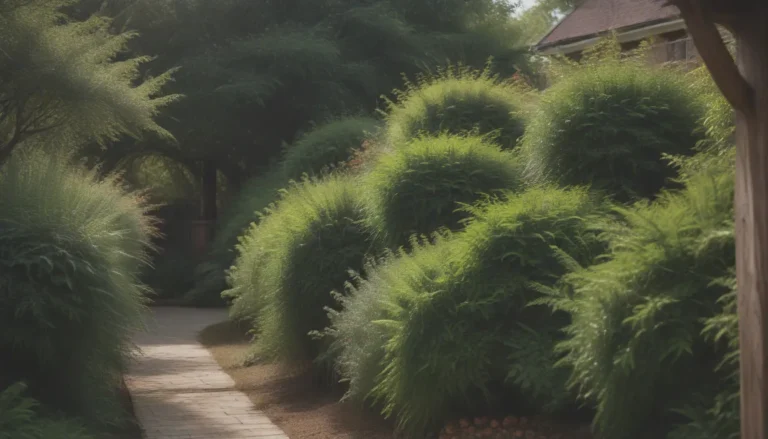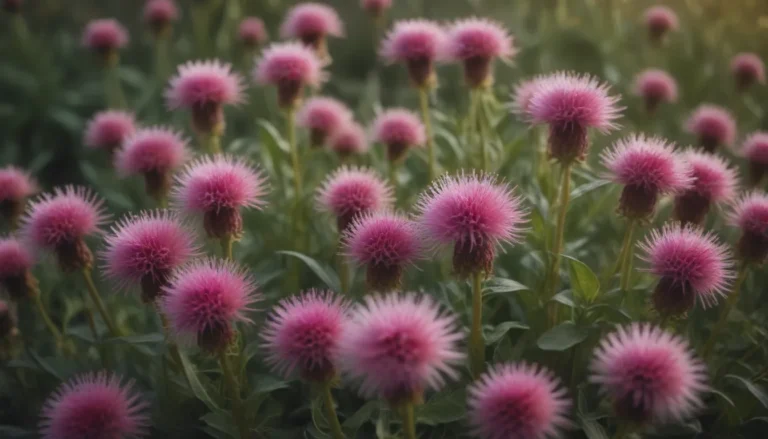The Ultimate Guide to Growing and Caring for Shasta Daisies
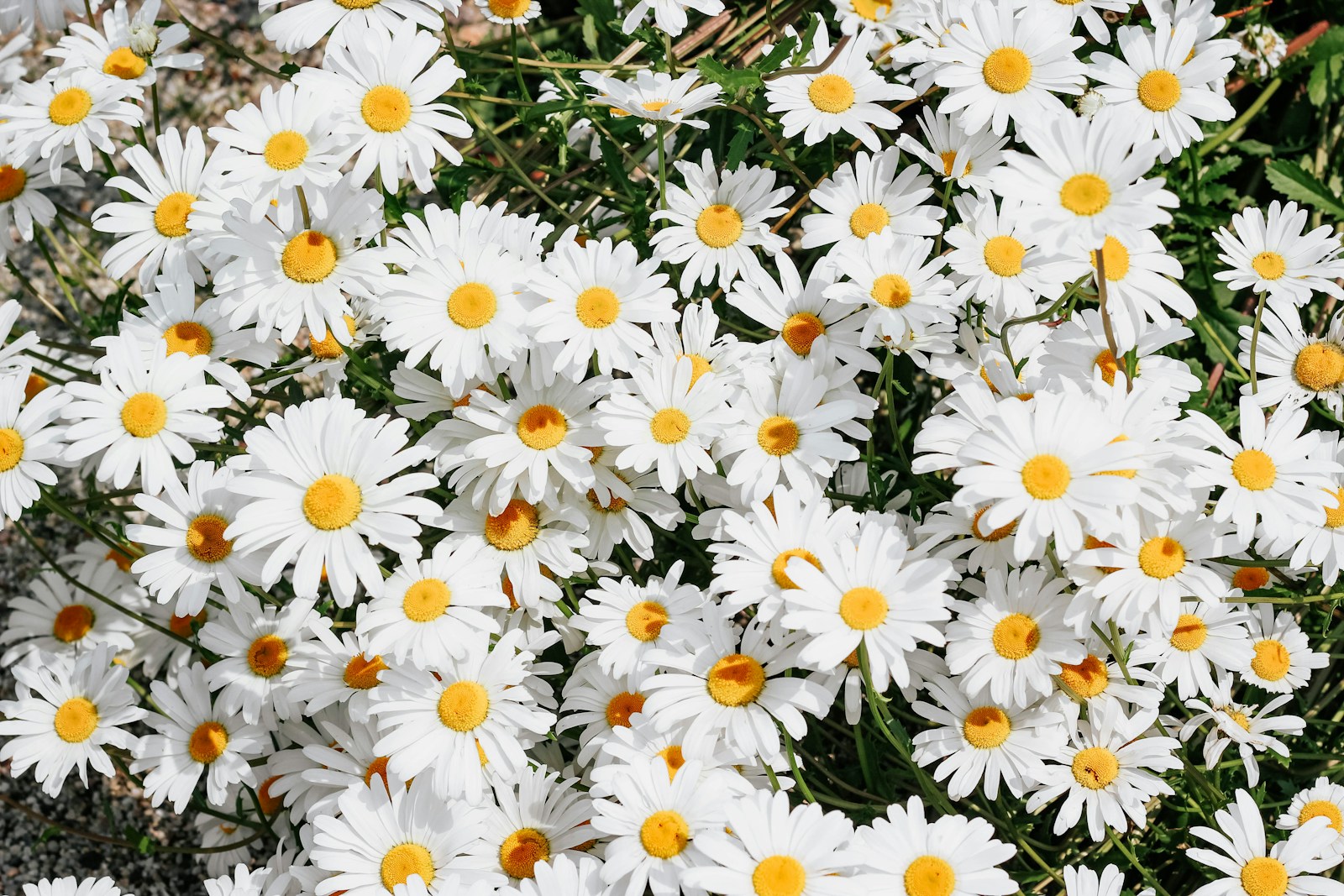
Are you looking to add a touch of elegance and charm to your garden? Look no further than the beautiful Shasta daisy! In this comprehensive guide, we’ll walk you through everything you need to know about growing and caring for Shasta daisies. From their fascinating origins to practical care tips, we’ve got you covered. Let’s dive into the world of these stunning perennials and discover how to make them thrive in your garden.
Introduction to Shasta Daisies
Shasta daisies, scientifically known as Leucanthemum x superbum, are hardy hybrid flowers that have captured the hearts of gardeners worldwide. Named after the majestic Mount Shasta in California, these cheerful white blooms with sunny yellow centers are a true delight in any garden setting.
Fun fact: Did you know there are 69 unique cultivars of Shasta daisies?
Why Choose Shasta Daisies for Your Garden?
Before we delve into the nitty-gritty of growing and caring for Shasta daisies, let’s explore why they’re such a popular choice among gardeners:
- Long-lasting blooms: Enjoy a continuous display of beauty throughout the growing season.
- Pollinator-friendly: Attract butterflies and other beneficial insects to your garden.
- Low maintenance: Perfect for both novice and experienced gardeners.
- Versatile: Available in both single and double petal varieties.
- Evergreen foliage: In warm climates, their thick, leathery leaves remain green year-round.
Essential Care Guide for Shasta Daisies
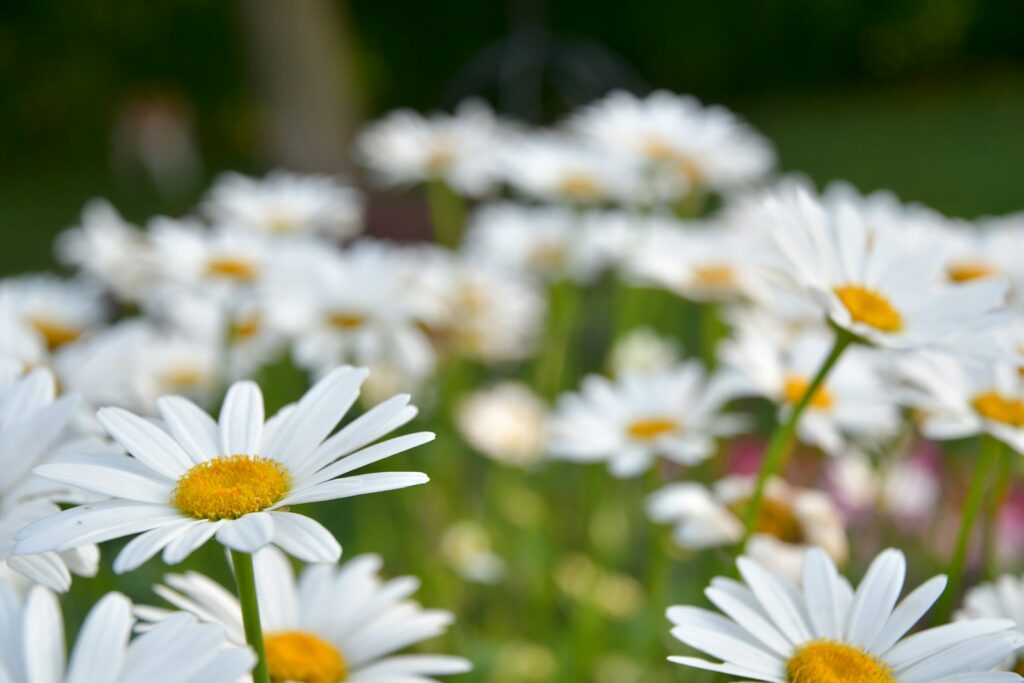
Now that we’ve piqued your interest, let’s dive into the essential care requirements for growing healthy and vibrant Shasta daisies.
1. Sunlight Requirements
Shasta daisies are sun-loving plants that thrive in full sunlight. While they can tolerate partial shade, providing them with at least 6 hours of direct sunlight daily will ensure optimal growth and abundant blooming.
2. Soil Needs
These hardy perennials aren’t too picky about soil, but they do have some preferences:
- Well-draining soil
- Rich in organic matter
- Slightly acidic to neutral pH (6.0-7.0)
Pro tip: Incorporate compost into your soil before planting to give your Shasta daisies a nutrient boost!
3. Watering Guidelines
While Shasta daisies enjoy moist conditions, they don’t like soggy soil. Follow these watering tips:
- Water regularly, especially during dry spells
- Ensure the soil is moist but not waterlogged
- Use mulch to retain moisture and suppress weeds
4. Temperature and Humidity Considerations
One of the great things about Shasta daisies is their adaptability to various climates. However, keep in mind:
- They can withstand a wide range of temperatures
- Extremely humid conditions may lead to issues like root rot
- In colder regions, provide winter protection (more on this later)
5. Fertilizing for Healthy Growth
To keep your Shasta daisies looking their best, follow these fertilizing guidelines:
- Apply compost or organic fertilizer in spring
- Use a balanced, water-soluble fertilizer monthly during the growing season
- Avoid over-fertilizing, as it can lead to leggy growth
Popular Shasta Daisy Varieties
With 69 cultivars to choose from, you’re sure to find a Shasta daisy variety that suits your garden style. Here are three popular options:
- ‘Becky’: Known for vigorous growth and prolific blooming
- ‘Snow Lady’: Features double white blooms and compact growth, ideal for smaller gardens
- ‘Crazy Daisy’: Adds whimsy with its unique twisted petals
Propagation Methods for Shasta Daisies
Ready to expand your Shasta daisy collection? Here are two effective propagation methods:
1. Division
The most common and successful method for propagating Shasta daisies is through division. Here’s how:
- Divide plants every 2-3 years in spring or early fall
- Use clean, sharp tools to separate the root ball
- Replant divisions immediately, ensuring each has several healthy shoots
2. Growing from Seed
For the adventurous gardener, growing Shasta daisies from seed can be a rewarding experience:
- Start seeds indoors 6-8 weeks before the last frost date
- Sow seeds on the surface of moist, well-draining soil
- Provide bright light and keep soil consistently moist
- Transplant seedlings outdoors after the danger of frost has passed
Note: Seeds may not produce plants identical to the parent, so be prepared for some variation!
Maintaining Healthy Shasta Daisies
To keep your Shasta daisies looking their best year after year, follow these maintenance tips:
- Deadheading: Remove spent flowers regularly to encourage continuous blooming
- Pruning: Cut back foliage in late fall or early spring to promote new growth
- Dividing: Divide plants every 2-3 years to prevent overcrowding and maintain vigor
- Mulching: Apply a layer of organic mulch to retain moisture and suppress weeds
- Winter care: In colder regions, add extra mulch for insulation and protect from harsh winds
Troubleshooting Common Issues
Even with proper care, Shasta daisies may occasionally face challenges. Here’s how to address common problems:
Wilting
If you notice yellowing or drooping foliage, it could be due to:
- Overwatering
- Poor drainage
- Fungal diseases like Verticillium wilt
Solution: Improve drainage, adjust watering habits, and remove affected plant parts.
Root Rot
In humid environments, root rot can be a concern. Watch for:
- Wilting despite moist soil
- Yellowing leaves
- Soft, mushy roots
Solution: Remove infected plants, improve soil drainage, and avoid overwatering.
Pests
While generally pest-resistant, Shasta daisies can occasionally attract:
- Aphids
- Spider mites
- Slugs and snails
Solution: Use organic pest control methods like neem oil or introduce beneficial insects.
FAQs About Growing and Caring for Shasta Daisies
Q: How tall do Shasta daisies grow?
A: Depending on the variety, Shasta daisies can reach heights of 1 to 4 feet.
Q: Are Shasta daisies deer-resistant?
A: Yes, Shasta daisies are generally deer-resistant, making them a great choice for gardens in areas with high deer populations.
Q: Can I grow Shasta daisies in containers?
A: Absolutely! Choose a container at least 12 inches deep with good drainage, and use a high-quality potting mix.
Q: How long do Shasta daisies bloom?
A: With proper care and regular deadheading, Shasta daisies can bloom from early summer to early fall.
Q: Are Shasta daisies invasive?
A: While not typically considered invasive, Shasta daisies can spread through self-seeding. Regular deadheading can help control their spread.
Conclusion
Growing and caring for Shasta daisies can be a rewarding experience for any gardener. With their cheery blooms, low-maintenance nature, and ability to attract pollinators, these versatile perennials are sure to become a favorite in your garden. By following the tips and guidelines outlined in this guide, you’ll be well on your way to cultivating a stunning display of Shasta daisies that will bring joy year after year.
Remember, the key to success lies in providing adequate sunlight, well-draining soil, and consistent care. Whether you’re a seasoned gardener or just starting out, Shasta daisies offer a beautiful and accessible way to enhance your outdoor space. So why wait? Start planning your Shasta daisy garden today and get ready to enjoy a summer filled with delightful blooms!
